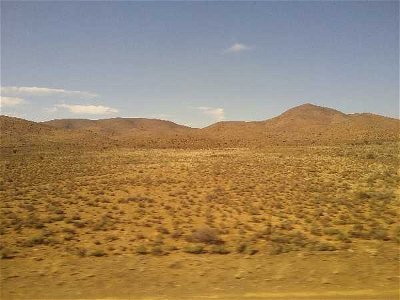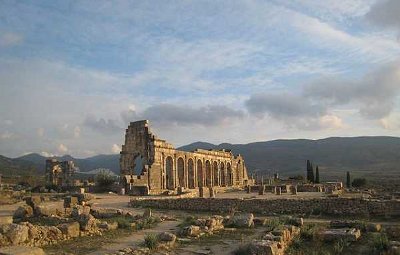29. The Red Castle Museum, which contains 5,000 years worth of Libyan history, is located in which city?
From Quiz Traveling the Maghreb
Answer:
Tripoli
In 1919, when Libya was an Italian colony, the city's fortified castle, the Red Saraya (Red Castle), was partially converted into a museum. The Italians needed a place to house all of the historic artifacts they had collected throughout the country. Architect Florestano di Fausto designed the square outside the castle in the 1930s. During the British occupation of the city during WWII, the museum was expanded to cover the entire castle complex, and in 1948, its name was changed to the Libyan Museum. During the 1980s, the Libyan government and UNESCO began a joint project to redevelop the museum, and it was reopened in 1988 with the name Assaraya Alhamra Museum, or Red Castle Museum.
 In November 2017, I enjoyed a trip with a group of friends around South Africa by both rail and road, visiting some wonderful places along the way. This little quiz attempts to capture some of the flavour of that trip.
In November 2017, I enjoyed a trip with a group of friends around South Africa by both rail and road, visiting some wonderful places along the way. This little quiz attempts to capture some of the flavour of that trip. 







 Quick Question
Quick Question Top 10% Rated Quiz,
Top 10% Rated Quiz,